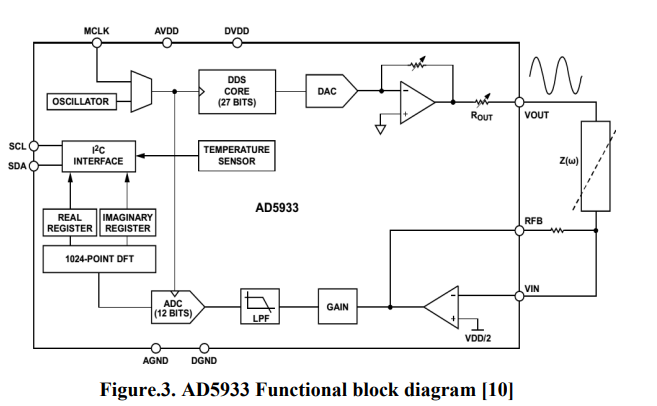
Aging effect on apples bio-impedance using AD5933
In this paper, the effect of the fruits aging on bio-impedance is experimentally studied. Bio-impedance analysis, as accurate and fast method is used to investigate and monitor group of apples properties during aging. This method provides an alternative method for investigating apples physical properties that are highly related to chemical properties. AD5933 impedance analyzer chip within the frequency range (5 KHz-100 KHz) and NI-ELVIS board within the frequency range (300 Hz-5 KHz) are used to investigate the changes in apple's properties during aging. According to experimental results, the
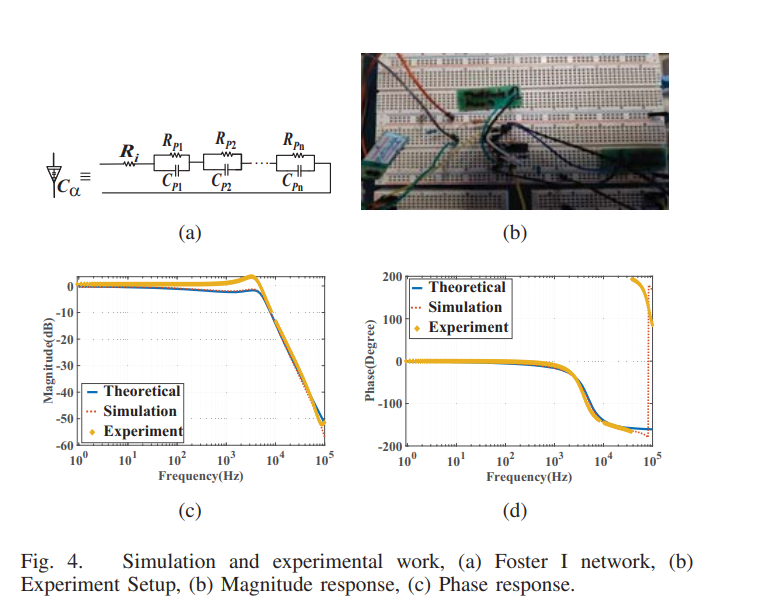
Analysis and Design of Fractional-order Low-pass Filter with Three Elements of Independent Orders
This paper studies a new fractional-order form for the active low-pass filter. The form was mainly generated from generalizing an active second-order low-pass filter with three capacitors to the fractional-order domain with three independent orders. The transfer function introduced an extra term in the denominator comprising the third fractional order. The effect of the third fractional-order alongside the other transfer function coefficients on the critical frequencies had been studied numerically. For simulation purposes, Foster I realization had been utilized to synthesis the fractional
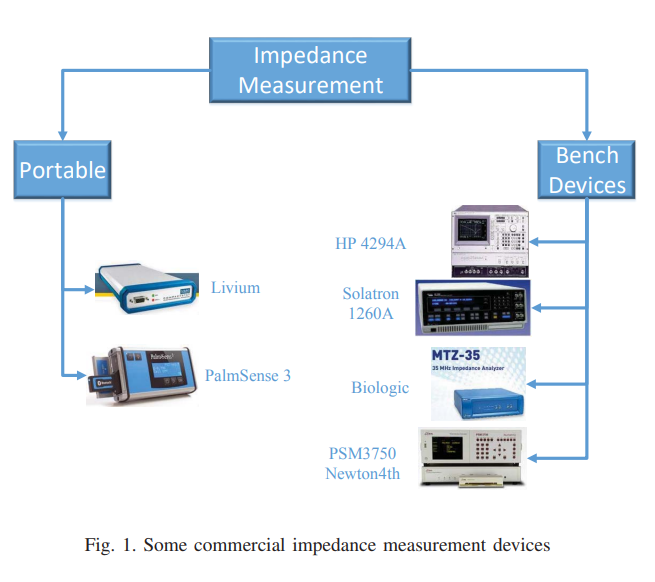
Toward Portable Bio-impedance devices
Bio-impedance measurement has been used as an indicator for specific physical and chemical changes in food products, fruits and vegetables, cancer detection and other applications. In this paper, a portable wireless bio-impedance measurement embedded system, based on the AD5933 chip, is introduced. The system is calibrated using a parallel RC network and the industry standard electrochemical station BioLogic SP-150. The module can be used in many impedance measuring applications. © 2019 IEEE.
Power tracking controller design for photo-voltaic systems based on particle swarm optimization technique
Solar energy turns into a promising supply of electricity, so structures of Photo-voltaic (PV) regularly use a maximum power point tracking (MPPT) way to deliver the highest probable power to the load continuously. This paper presents the methodology of PI controller tuning of PV employing Particle Swarm Optimization (PSO). The aim is to obtain the maximum power and maintain its value using the PI controller. It is employed to trace this highest power point value. © 2019 IEEE.
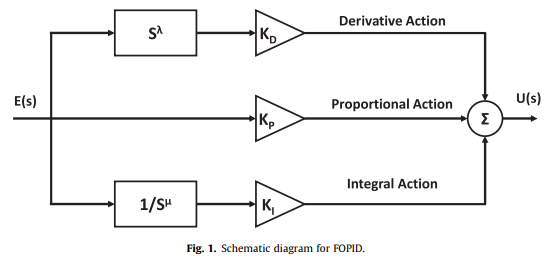
Optimal fractional-order PI with DC-DC converter and PV system
This paper presents a design and analysis for the PV system with a DC-DC boost converter controlled by the Fractional Order PI controller (FOPI). The study includes obtaining the optimal parameters for the PV model and the operating parameters for the FOPI controller. The first part's objective function is to search a five-parameter model based on the data-sheet given by commercial PV modules for a single-diode (SD) model. In the second part of the study, a detailed comparison is executed versus P, PI, PID, and FOPI controllers showing the effect of implementing Fractional order controllers on
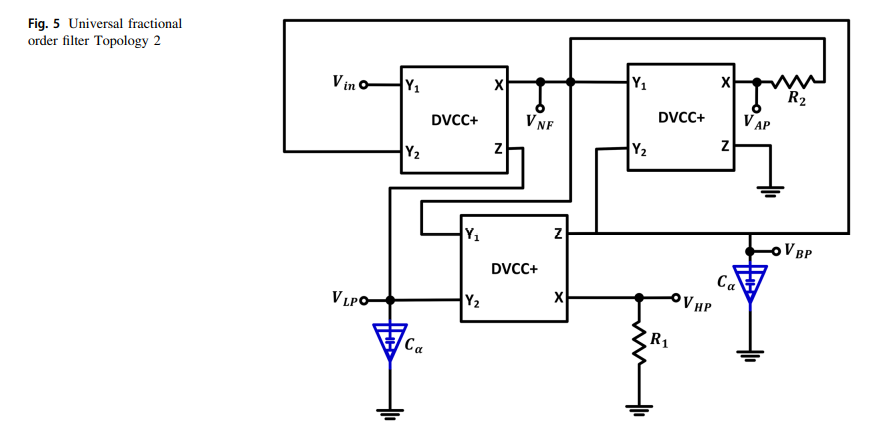
α -order universal filter realization based on single input multi-output differential voltage current conveyor
Two voltage-mode topologies single input multi-output universal fractional filters with high input impedance are proposed. The proposed analog filters consist of three DVCC+ blocks, two grounded capacitors and two resistors targeting the minimum passive elements. The proposed topologies provide a realization for all standard fractional filter functions (HP, LP, BP, AP and notch filter). The effect of Fractional order on filter responses in the range of α from 0.7 to 1.2 was studied. Fractional order has been investigated for different filter responses in terms of cutoff, gain, phase and noise
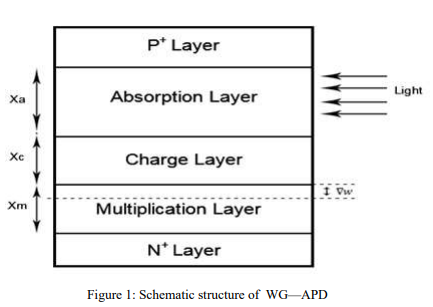
A Stochastic Modeling of the Gain in Waveguide Avalanche Photodetectors (WG-APDs)
Waveguide photodetectors are considered as a promising candidate for high speed photodetection where the tradeoff between the transit time bandwidth and the quantum efficiency is overcome as the incident optical signal and the photogenerated carriers move in perpendicular directions. In WG-Avalanche Photodetectors (WG-APDs), the avalanche multiplication gain enhances the photocurrent of the photodiodes. In these photodiodes, the inaccuracies in the ionizations coefficients of the photogenerated electrons and holes and in the dimensions of the multiplication layer affect the multiplication gain
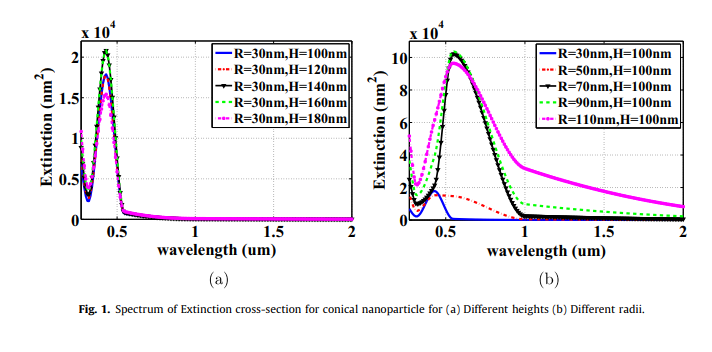
J-V characteristics of plasmonic photovoltaics with embedded conical and cylindrical metallic nanoparticles
Plasmonic photovoltaics (PVs) are promising structures that improve thin-film photovoltaics performance, where optical absorption is improved via embedding metallic nanoparticles in the PV's active layer to trap the incident optical wave into the photovoltaic cell. The presented work investigates the design of PV with both structures of conical and cylindrical metallic nanoparticles through studying their extinction cross-sections and electric field distributions. Also, the impact of these nanoparticles in silicon PVs on the optical absorption enhancement is investigated. The figure of merit
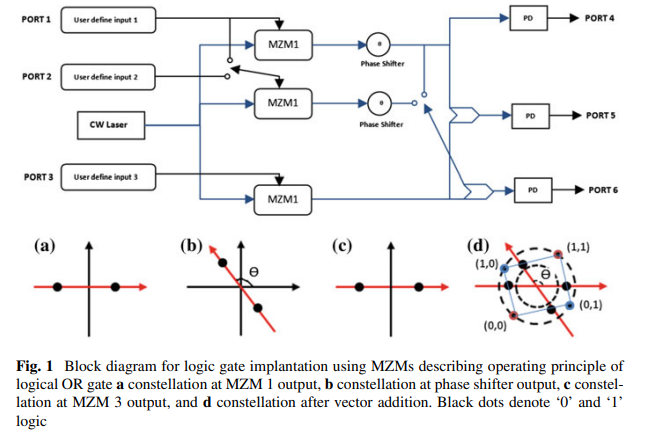
Polarization Encoded Multi-logic Functions with Direct Detection
In this paper, a new scheme for the realization of an optical logic circuit using Mach–Zehnder modulators (MZM) with direct detection has been proposed. Amplitude and phase information of the optical signals have been used for the differentiation of optical signals into four different states that can be represented using two binary inputs, while direct detection has been used for the effective mapping of these states with their respective binary outputs. The realization of seven logic gates, two reversible optical logic gates (Feynman and double Feynman gates) and half adder and half
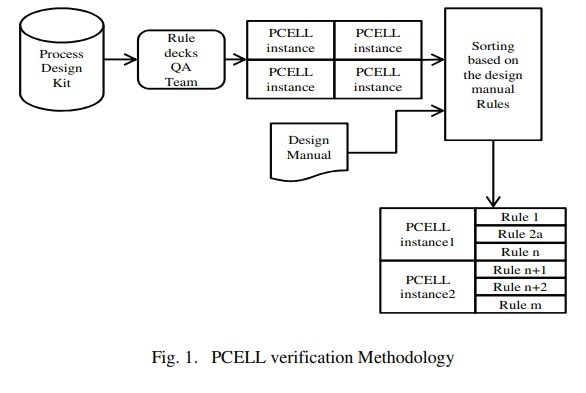
Parametric Analysis of Optical Microring Resonator
This article presents the parametric analysis of the optical microring resonator. It includes the numerically simulated analysis. The mathematical formulation represents the several relations that could influence the performance of optical microring resonator. The simulations give the graphical representations of ring resonator performances by the alteration of various parameters. In this paper, we have analyzed the variations in quality factor, extinction ratio and the resonance peak of an optical microring resonator with changes in effective refractive index, length of the ring and the group
Pagination
- Previous page ‹‹
- Page 46
- Next page ››
